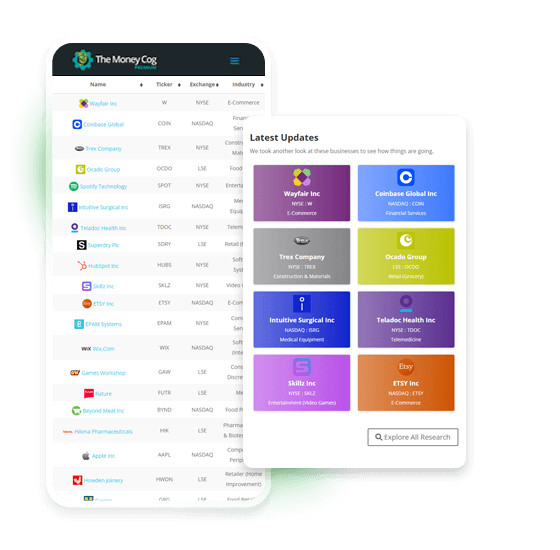Whenever discussing the topic of active versus passive investing, a heated debate can often spark. That’s largely due to investors often picking a side and sticking with it no matter what. But which is the best method for building wealth? There’s no simple answer to this question. But let’s explore the topic.
Taking the path of passive investing
Passive investing is not really strictly defined from what I’ve seen. But typically, it’s a term used to describe an investor who doesn’t trade very often and mostly places their capital into index or mutual funds. It’s not uncommon to hear news headlines about the S&P 500 or FTSE 100 hitting a new all-time high. That’s music to the ears of passive investors since, chances are, they’ve likely got a low-fee equity-traded fund (ETF) tracking one of these or any other major index.
This hands-off approach is often described by active investors as lazy or just simply boring. But sometimes less is more. Looking over the past 10 years, the S&P 500 has grown by around 270%. Excluding fees, That’s an annualised return of 15.7% for anyone holding an ETF tracking this index.
Given the lack of investing detailed investing knowledge required to achieve these impressive returns, it’s easy for me to understand why investors can be so passionate about this strategy. But if this method is so successful, why do active portfolio managers exist?
Is active investing a fool’s errand?
One of the biggest proponents of an active investing strategy is that it has the potential to generate significantly higher returns. If I were to invest in an S&P 500 ETF, I would have indirectly bought shares in 500 different companies. That certainly helps on the diversification side of things. And it undoubtedly reduces my portfolio’s risk exposure. But it also drowns out any explosive returns achieved by a handful of the stocks inside this index.
The active investing style tries to identify which businesses are set to generate the highest returns over the long run and only buy shares in these firms. If the investor is successful, achieving 10x or even 100x returns is entirely possible. And that’s substantially higher than the 2.7x returns offered by passive investing over the last decade.
This is obviously easier said than done. It requires detailed research, quantitative & qualitative analysis, forecasts, valuations, and risk profiling just to name a few. Needless to say, this can be exceptionally time-consuming. And if done incorrectly, or a tired analyst tries taking a shortcut, it can often lead people astray – even the professionals.
A survey from Morningstar interviewed 3,000 actively managed funds and found that only 47% of them managed to outperform their passive counterparts in the last 12 months. When extending beyond this time frame, the percentage drops even further. In other words, an active investing approach can generate higher returns, but it’s much harder to pull off.
Final thoughts
Here at The Money Cog Premium, we like to blend these two strategies together. My fellow analysts and I take an active approach to the research side of the equation. We’re looking for the best companies that will shape the future of the world. And once we’ve found what we believe to be winners, we take a page out of the passive investing book to simply buy and hold over the next 5-10 years.
In my experience, this gets the best of both worlds. And keeps the door open to 10-100x returns for my portfolio.
Discover market-beating stock ideas today. Join our Premium investing service to get instant access to analyst opinions, in-depth research, our Moonshot Opportunities, and more. Learn More
Views expressed on the companies, assets, and strategies mentioned in this article are those of the writer and therefore may differ from the opinions of analysts in The Money Cog Premium services.





